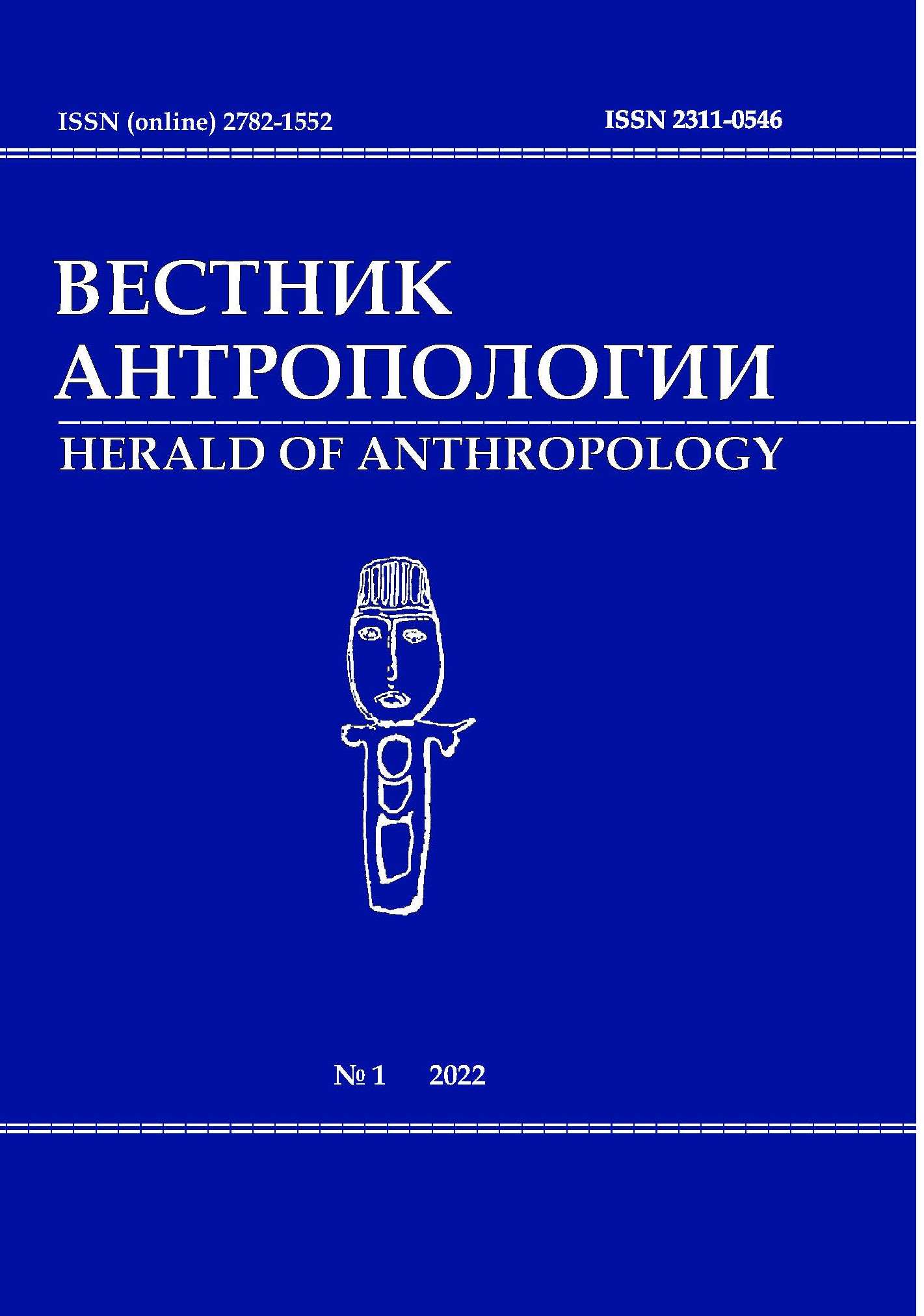The Changing Attitude of Patients to Healthcare as a Result of the COVID-19 Pandemic in Russia
DOI: 10.33876/2311-0546/2022-1/174-192
Keywords:
: отношения врача и пациента, пандемия COVID-19, медицинская антропология, российское здравоохранениеAbstract
The relationship between a physician and a patient in the history of modern Russia has constantly been changing. The COVID-19 pandemic, which has been affecting the planet for two years, modified many areas such as the economy, politics, transport, social life, trade, tourism, and others. Most of all, the pandemic has certainly affected healthcare. Everyone in the world monitors the news about the number of sick, dead, vaccinated regularly. Medicine has become the main topic of discussion. People who somehow encountered the new coronavirus infection have become the focus of attention of medical anthropologists. Thanks to the development of the Internet, we see numerous testimonies of patients chronicling their stay in medical institutions on social networks. We can observe their experience of calling physicians analyzing the information received about the disease, treatment, rules, and requirements of isolation or PCR tests. Physicians became the main characters. Polls had been showing that the prestige and respect of the medical profession in Russia had been declining every year; nevertheless, the COVID-19 pandemic caused certain changes. This article presents the results of a comparative analysis of patients' assessments of modern Russian medicine a year before and exactly at the beginning of the pandemic. Patients have become more active in defending physicians and started showing great respect to their work. Along with the negative reviews, personal stories about successful treatment or interaction with the healthcare system became more frequent. We all hope that this trend will persist.
For Citation: Vyatkina, N.A. 2022. The Changing Attitude of Patients to Healthcare as a Result of the COVID-19 Pandemic in Russia. Herald of Anthropology (Vestnik Antropologii) 1: 174–192.





















